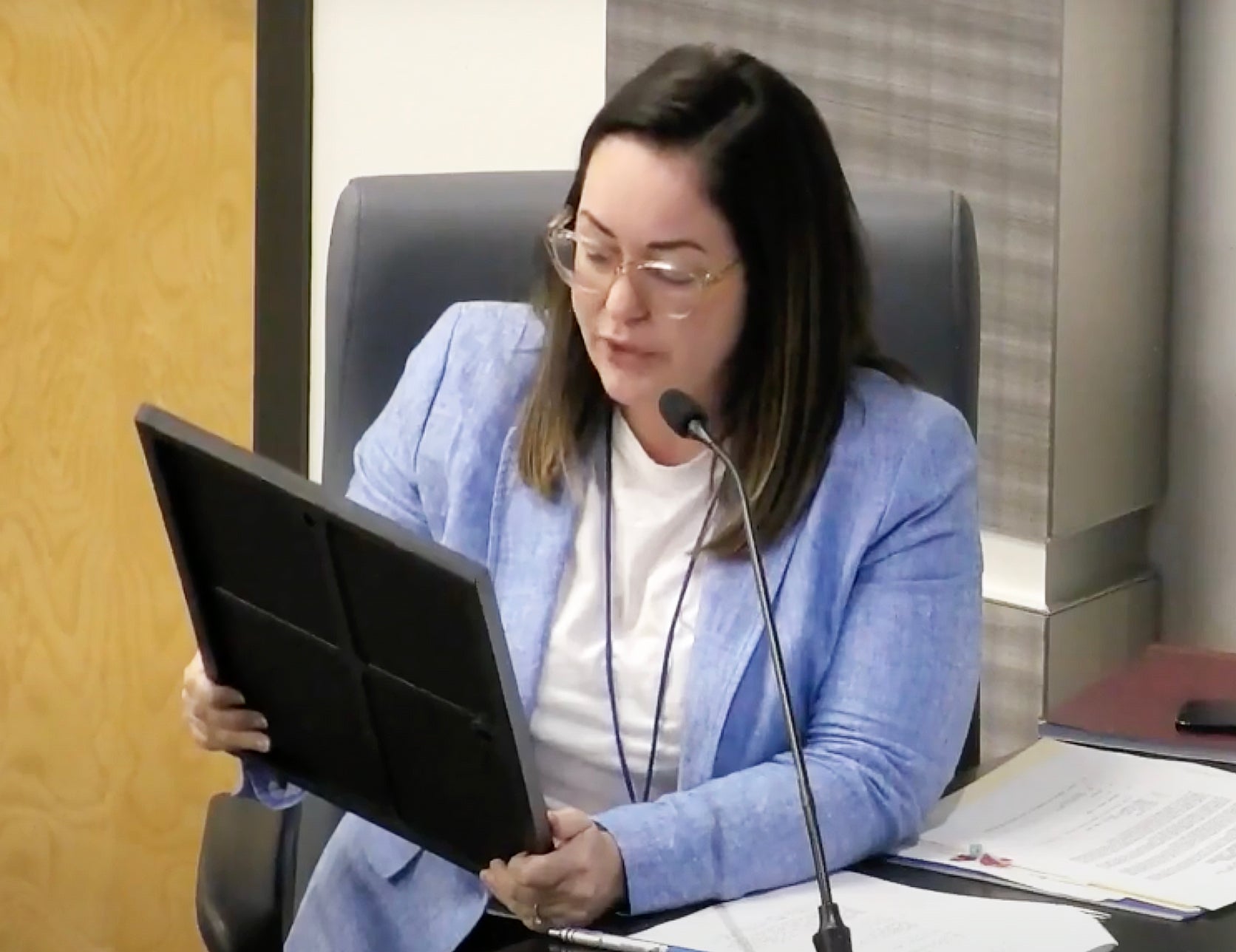SPILLED OUT
Published 12:00 am Tuesday, April 15, 2008
By ROBIN SHANNON
Staff Reporter
NORCO – For the first time in nearly a decade, the muddy brown waters of the Mississippi River are gushing through the Bonnet Carre Spillway by the hundreds of gallons.
Upon opening, which took place right at the stroke of noon this past Friday, Gov. Bobby Jindal proclaimed the decision to open the flood control facility a wise one on behalf of the U.S. Army Corps of Engineers.
“This is an important day for Louisiana,” said Jindal. “It’s something you hope to never use, but it is a great thing to have.”
The U.S. Army Corps of Engineers made the decision to open the 70-year-old flood control mechanism this past week after concerns about the high level of the river. Heavy rains throughout the
Mississippi River valley, and intense snowmelt in the Midwest, have forced the river to swell to its limits. Opening the bays of the spillway will relieve some of that pressure.
“Now that some of the bays have been opened, we should begin to see a gradual decrease in the river levels,” said Lt. Col. Murray Starkel, the deputy commander of the Corps of Engineers New Orleans District. “The river will not exceed 17 feet at any point.”
Friday’s action involved the opening of 38 of the spillway’s 350 gates. Chris Brantley, project manager at the spillway said the move will send 33,000 cubic feet per second of river water into Lake Pontchartrain, which is the equivalent of about 239,000 gallons of water per second.
“The goal is to decrease the level of water flowing through the Mississippi River channel to 1.25 million cfs,” said Brantley. “Before the opening, the river was flowing at 1.28 million cfs, which is a flood threat to New Orleans.”
Brantley said the plan as of Friday was to open 38 bays, while continuing to monitor river levels. After keeping close tabs on the flow, Brantley said the corps made the decision to open an additional 46 gates Saturday to keep the flow level at 1.25 million cfs.
The most recent spillway opening occurred in 1997, when 298 bays were opened due to similar river conditions. Brantley said the move to open came at right about the same time that year as it did this year.
In addition to bringing out the governor and other elected officials from Baton Rouge, the Friday opening also attracted St. Charles Parish President V.J. St. Pierre, and St. Charles Parish Sheriff Greg Champagne. Champagne said he had deputies manning airboats in the spillway to ensure the safety and security of the throngs of people who showed up to watch the event.
“They are looking out for the anxious angler and dare devils,” said Champagne. “We just want to be prepared for everything.”
Several hundred people, some from as far away as Baton Rouge, showed to watch the water flow Friday. The opening took on a festival like atmosphere, as people lined up along the grass with lawn chairs and cameras to take in the sight.
“I missed it last time because of work, and I didn’t want that to happen again,” said Garrard Guidry of Norco, who conveniently had the day off. “It really is an engineering marvel.
Taking up a large part of the spillway’s guide levee was a contingent of students and teachers from Norco Elementary School. The school is not very far from the spillway, and teachers felt it would be a worthwhile field trip opportunity. The kids just seemed excited to have some time away from the classroom. Representatives from the corps were also on hand to give out fliers and Frisbees, and answer questions from the people who came to watch.
Although the opening of the spillway will save the New Orleans area from the threat of flooding, it will have a negative impact on the condition of Lake Pontchartrain.
“The short term affects will include a change in salinity, because of the higher nutrient level in the river water,” said Starkel. “There will also be an increase in algae production.”
To quell some of the longer-term concerns, Starkel said the corps plans to do a better job of monitoring the condition of the lake to prevent some of the effects of the 1997 opening.
“We will keep tabs on it for at least a year so that we can compile some data and update some of our models,” said Starkel. “We plan to look at the impact on aquatic and sub-aquatic vegetation in and around the lake.”
Despite some of the potential damaging affects, Brantley said the opening will have a positive impact on lake fishing. He said the influx of water will boost the crawfish and blue crab population, and would also put more bass in the lake. He said there would be a real boon around next spring.
According to a brochure from the corps, the spillway was built in the early 1930s after the disastrous flood of 1927 that ravaged the New Orleans area. The total cost at the time was about $14.2 million. There has been talk in the past of automating the structure, but officials say it would cost more to automate it than it would to build a completely new one.
“The spillway remains as efficient as it was when it first opened,” said Brantley. “There really is no reason to change anything about it.”
Brantley did not have an exact time frame for how long the spillway would remain opened, but estimated it would probably last about a month.





